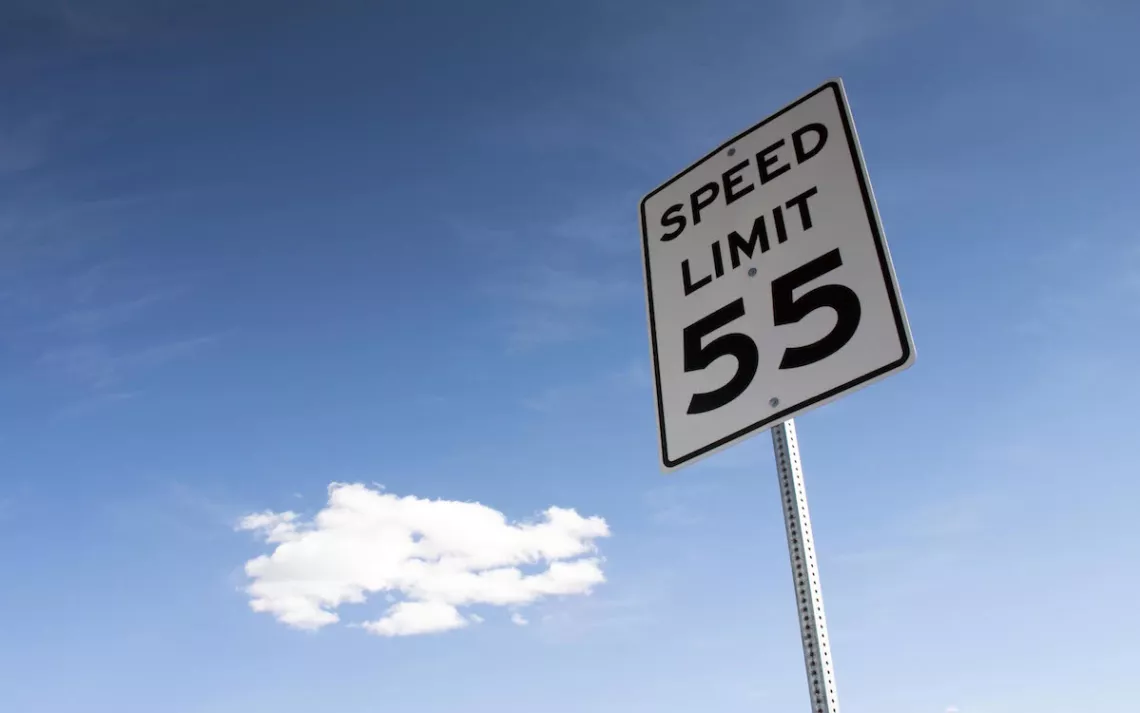Can Lower Speed Limits Reduce Our Overall Carbon Footprint?
Mr. Green concurs: time to slow down

Photo by bsheasby/iStock
Hey Mr. Green,
What is the most fuel-efficient speed to drive?
—Rachel Pratt in Oak View, California
About 55 miles per hour is the optimum speed for most cars. Kick it up to 65 mph and you are 8 percent less efficient; at 80 mph you are 28 percent less efficient.
Slowing down can also mean reducing your carbon footprint. In 2008, The New York Times estimated that when the 55-miles-per-hour speed limit was in effect, we were saving about 2.56 billion gallons of gasoline a year. Gas consumption has increased by 16.9 percent since 1995, when the limit was abolished, so if we reinstated the 55 mph rule, we could be saving about 3 billion gallons today, or more than 2 percent of the gasoline burned in motor vehicles. We’ve had an almost 17 percent hike in motor vehicle fuel consumption since 1995, thanks to the fact that we have added more than 70 million more vehicles to the fleet, while improving gas mileage a paltry 3.5 mpg.
 The Magazine of The Sierra Club
The Magazine of The Sierra Club



